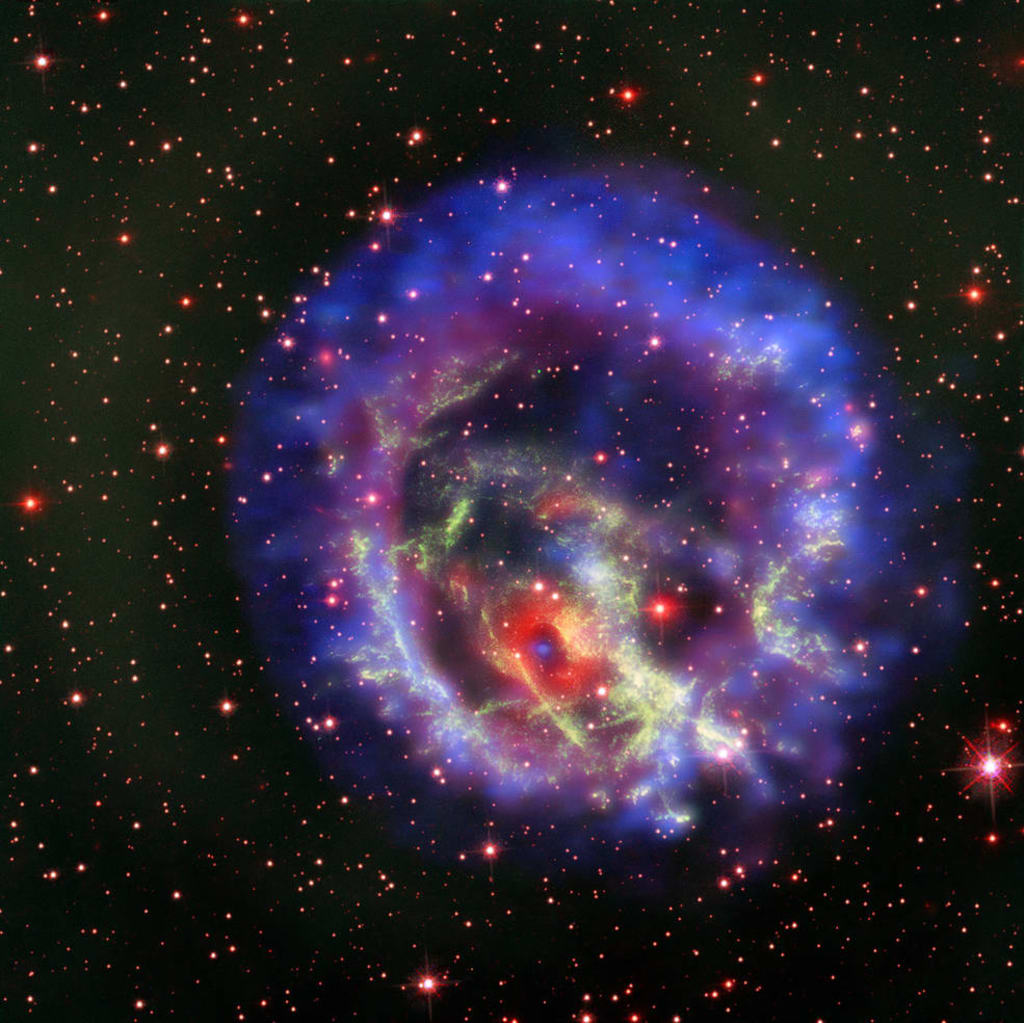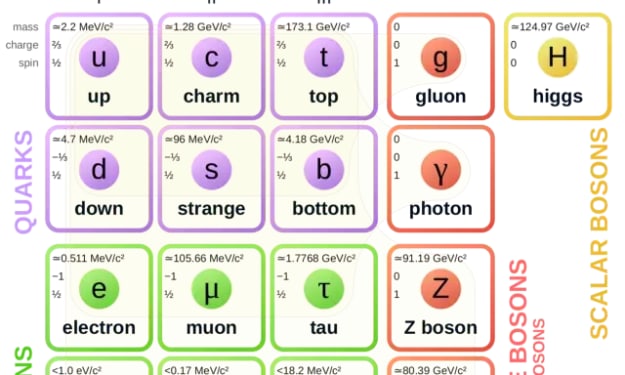A New Class of Dead Star?
'Nature Astronomy' reports the discovery of a radio-emitting neutron star with an abnormally long spin period

Some neutron star basics
Neutron stars have a radius on the order of 10 kilometres with a mass of about 1.4 solar masses. They result from the supernova explosion of a massive star, combined with gravitational collapse. The huge gravitational collapse the core past white dwarf star density (~10⁶ g/cm³, or 1 tonne per cubic centimetre) to that of atomic nuclei (~3×10⁸g/cm³), resulting in a diameter of about 20 km.
If they collapse further, then they become black holes (this depends on the mass of the neutron star) or otherwise they cool to ultimately become black dwarfs. However, that cooling would take longer than the life of the universe. Neutron stars emit radiation as they cool. Typically it is at radio frequencies, but others include visible light (optical pulsars), near infrared, ultraviolet, X-rays (X-ray pulsars), and gamma rays.
Neutron stars are detected by observing their electromagnetic radiation. Neutron stars are usually observed to pulse radio waves and other electromagnetic radiation, and neutron stars observed with pulses are called pulsars.
During the process of collapse from a white dwarf, angular momentum must be conserved and so its rate of spin increases.
Most neutron stars have a spin rate typically of several rotations per second, and the previous slowest rotation observed was about 23.5 seconds.
However, the fastest spinning neutron star has an incredible spin rate of 716 revolutions per second. Physicists have calculated that the fastest possible spin rate is 760 rpm. Beyond that the star would tear itself apart as the gravitational force on the neutrons would be unable to counteract the centrifugal force.
Then, as they cool, their rate of spin slows.

The latest discovery…
Using the 64 dish MeerKAT radio telescope in South Africa, an international team of astronomers has discovered an unusual pulsating radio signal emerging from a “stellar graveyard”. This could be evidence for a new class of neutron star.
The star was initially detected from a single pulse. It was then possible to confirm multiple pulses using simultaneous consecutive eight-second-long images of the sky, to confirm its position.
It is pure chance that the star’s beam intersected with the Earth.
How many are there?
“It is therefore likely that there are many more of these very slowly spinning stars in the Galaxy, which has important implications for understanding how neutron stars are born and age.
“The majority of pulsar surveys do not search for periods this long, so we have no idea how many of these stars might exist.”
The team speculate that it could belong to the theorised class of ultra-long period magnetars — stars with extremely strong magnetic fields.
Slow rotation
The pulsar signal comes from a 53 million-year-old neutron star rotating once every 76 seconds and makes it the slowest rotating neutron star ever observed. The star has been designated PSR J0901–4046.
Periodicity
Another interesting discovery it that has at least seven different pulse modes, some of which exhibit strong periodicity.
Lead researcher Manisha Caleb formerly from the University of Manchester and now at the University of Sydney used the term ‘quasiperiodic’ to describe the characteristic to Physics World:
“No other known neutron star shows this variety. The ‘quasiperiodic’ pulse type could be due to seismic vibrations or oscillations of the neutron star — which could be important clues to the emission mechanism producing these bursts,” Caleb said. “This is the beginning of a new class of neutron stars. How or whether it relates to other classes is yet to be explored.”
Neutron star graveyard
“What is surprising about this discovery is that it resides in the neutron star graveyard. That makes it special,” explains Manisha Caleb at the University of Sydney, who was lead researcher on the project. “We do not expect any radio pulsations in this region. This discovery has opened up a whole unexplored region where we hadn’t looked for neutron stars before.” — University of Sydney
Of course, this graveyard is not a physical area of the sky, as some of the press stories might have implied. The graveyard is an area on a chart of ‘dead stars’ and black holes.
So where is this 'new' star in the graveyard?

The graphic shows the “solar masses” of detected objects in the stellar graveyard — the area in the population of objects that were once stars devoid of objects between 2.5 and 5 solar masses. These include neutron star mergers in yellow and black hole mergers in purple. Yellow and purple events were discovered using observations of electromagnetic radiation rather than gravitational waves. In blue are the compact mergers between either two black holes or a neutron star and a black hole are that were detected by LIGO/Virgo. There also are two neutron star mergers, in orange, that were detected by LIGO/Virgo. The arrows attached to some indicate they are the individual components of a final, more massive remnant in blue. GW190814 is the one with the white glow around it. Thanks to the University of Wisconsin-Milwaukee for the explanation.
So where in the graveyard is the new neutron star PSR J0901–4046?
I’m still trying to figure that out, and I’m guessing that it is in the ‘Mass Gap’ between 2.5 and 5 solar masses.
No offence — I’m not an astronomer — but when I studied physics it was beaten into me that axes should be labelled. I’m assuming that the y-axis is a scale of solar masses. I’m guessing that the x-axis is Characteristic Age, but don’t take me to task on that.
I look forward to seeing the new star’s location in the graveyard.
Watch this space…
***
This story was first published in Medium on 22 June 2022
About the Creator
James Marinero
I live on a boat and write as I sail slowly around the world. Follow me for a varied story diet: true stories, humor, tech, AI, travel, geopolitics and more. I also write techno thrillers, with six to my name. More of my stories on Medium






Comments
There are no comments for this story
Be the first to respond and start the conversation.